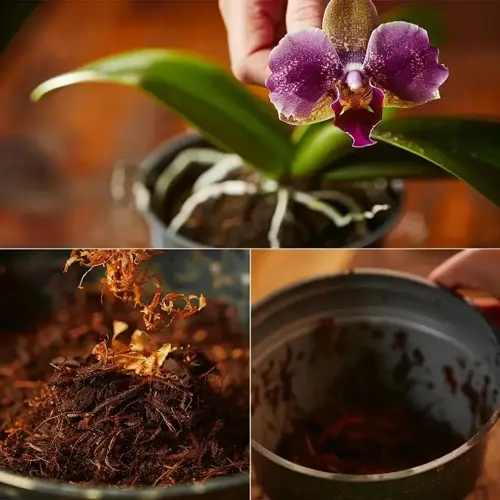How often should I water to avoid brown patches?

Written by
Michael Sullivan
Reviewed by
Prof. Martin Thorne, Ph.D.Better than any fungicide or treatment available, proper watering will eliminate brown patches. Underwatered, the grass is stressed and goes dormant. Over-watered, the grass is too wet, creating an ideal environment for fungus to proliferate. Over many years of managing lawns of all types, I have perfected irrigation schedules that match specific watering requirements with particular kinds of grass.
Watering deeply twice a week is more effective than light daily sprinkling. A single inch in a session promotes roots to grow downward in search of moisture. Watering shallowly creates weak roots, which can lead to browning. If you place empty tuna cans spaced across your lawn, you will see that they will catch the same amount of water.
Timing Essentials
- Always water at dawn between 6-10 AM when evaporation rates are lowest
- Avoid evening watering that leaves blades wet overnight inviting fungus
- Suspend watering during rainstorms using smart controllers
Amount Control
- 1 inch per session measured in collection cans across zones
- Adjust for soil type: clay needs slower application than sandy soils
- Increase to 1.5 inches during heatwaves above 90°F
Special Conditions
- New lawns: water daily first 2 weeks then transition to standard schedule
- Slopes: use cycle-soak method to prevent runoff and waste
- Shaded areas: reduce by 30% compared to full sun zones
Identify the signs of underwatering before any browning takes place. Grass blades will fold lengthwise, footprints will remain visible for over 30 minutes, and the soil will become dusty and hard. If these signs are observed, water immediately and then resume your normal schedule; otherwise, your turf may suffer permanent damage.
Signs of overwatering are always wet soil and fungal growth. You may also see mushrooms, and the grass is squishy when you stand on it. If you discover these signs, immediately reduce the amount of water you apply by half for a period of two weeks. If the problems persist, consider using aeration to improve drainage.
Invest in precision irrigation tools. Smart controllers adjust the sauce to the forecast. Soil moisture sensors avoid guesswork. I recommend these with you for consistent results. Proper watering turns brown spots into lush, green grass almost overnight.
Read the full article: Brown Patches Lawn: Causes and Solutions

